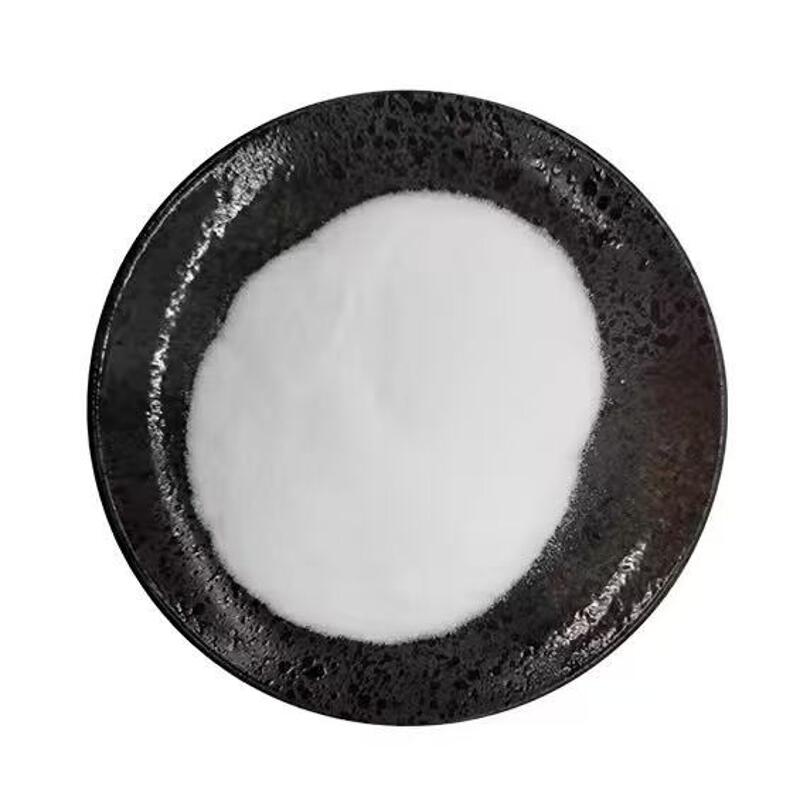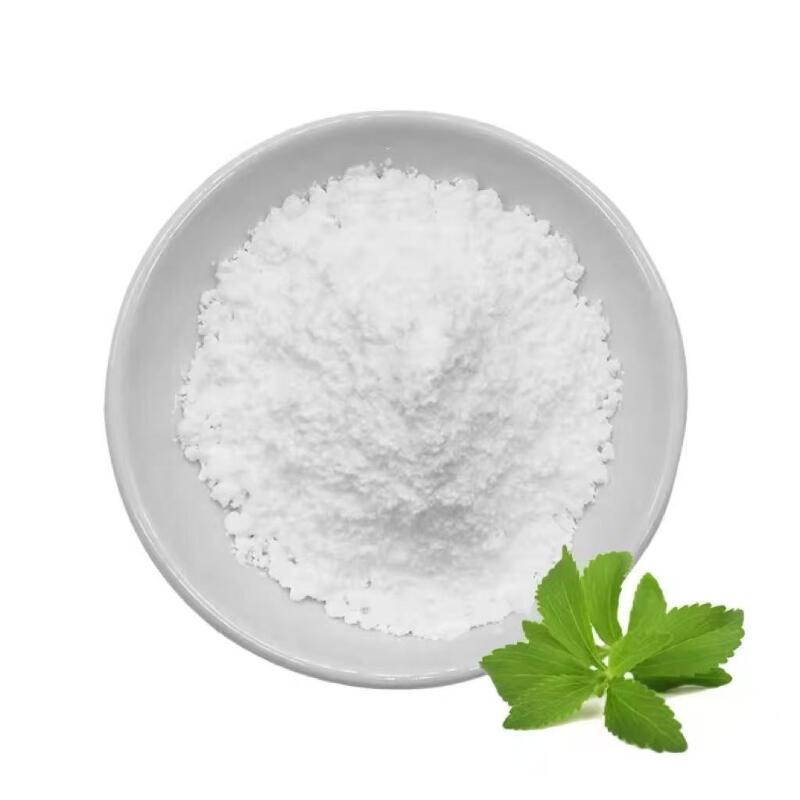-
Categories
-
Pharmaceutical Intermediates
-
Active Pharmaceutical Ingredients
-
Food Additives
- Industrial Coatings
- Agrochemicals
- Dyes and Pigments
- Surfactant
- Flavors and Fragrances
- Chemical Reagents
- Catalyst and Auxiliary
- Natural Products
- Inorganic Chemistry
-
Organic Chemistry
-
Biochemical Engineering
- Analytical Chemistry
-
Cosmetic Ingredient
- Water Treatment Chemical
-
Pharmaceutical Intermediates
Promotion
ECHEMI Mall
Wholesale
Weekly Price
Exhibition
News
-
Trade Service
Mountain foodmate.
net/tag_1413.
html" class="zdbq" title="Grape-related food information" target="_blank">grapes are wild grapes A widely distributed in East Asia, can live through the winter in extreme low temperature of -30 ℃, with high cold resistance and is excellent for cold grape breeding.
Affected by factors such as high heterozygosity, the current research on the foodmate.
net/tag_847.
html" class="zdbq" title="Gene-related food information" target="_blank">genome of Vitis vinifera has not been in-depth, and the research on the mechanism of its high cold tolerance is also in its infancy.
net/tag_1413.
html" class="zdbq" title="Grape-related food information" target="_blank">grapes are wild grapes A widely distributed in East Asia, can live through the winter in extreme low temperature of -30 ℃, with high cold resistance and is excellent for cold grape breeding.
Affected by factors such as high heterozygosity, the current research on the foodmate.
net/tag_847.
html" class="zdbq" title="Gene-related food information" target="_blank">genome of Vitis vinifera has not been in-depth, and the research on the mechanism of its high cold tolerance is also in its infancy.
The grape and foodmate.
net/tag_1415.
html" class="zdbq" title="Wine-related food information" target="_blank">wine research and development team of the Institute of Botany of the Chinese Academy of Sciences, in collaboration with the Wuhan Botanical Garden of the Chinese Academy of Sciences, Fujian Agriculture and Forestry University, and the Chinese Academy of Environmental Sciences, have drawn up a high-quality whole-genome fine map of Vitis vinifera, laying a foundation for the study of grape cold tolerance mechanisms.
Studies have found that the response of grapes to chilling injury and freezing injury may have different regulatory mechanisms.
Genes such as MYB14 and CBF3 play an important role in the early response to chilling injury, and foodmate.
net/tag_1821.
html" class="zdbq" title="Sugar-related food information" target="_blank">carbohydrate foodmate.
net/tag_4543.
html" class="zdbq" title="Metabolism-related food information" target="_blank">metabolism may be one of the important factors affecting grape freezing injury.
The study also used GWAS and transcriptome analysis to prove that PGK, a key gene in the foodmate.
net/tag_4836.
html" class="zdbq" title="Glycolysis-related food information" target="_blank">glycolytic pathway, is of great significance to grapes overwintering under severe cold conditions.
net/tag_1415.
html" class="zdbq" title="Wine-related food information" target="_blank">wine research and development team of the Institute of Botany of the Chinese Academy of Sciences, in collaboration with the Wuhan Botanical Garden of the Chinese Academy of Sciences, Fujian Agriculture and Forestry University, and the Chinese Academy of Environmental Sciences, have drawn up a high-quality whole-genome fine map of Vitis vinifera, laying a foundation for the study of grape cold tolerance mechanisms.
Studies have found that the response of grapes to chilling injury and freezing injury may have different regulatory mechanisms.
Genes such as MYB14 and CBF3 play an important role in the early response to chilling injury, and foodmate.
net/tag_1821.
html" class="zdbq" title="Sugar-related food information" target="_blank">carbohydrate foodmate.
net/tag_4543.
html" class="zdbq" title="Metabolism-related food information" target="_blank">metabolism may be one of the important factors affecting grape freezing injury.
The study also used GWAS and transcriptome analysis to prove that PGK, a key gene in the foodmate.
net/tag_4836.
html" class="zdbq" title="Glycolysis-related food information" target="_blank">glycolytic pathway, is of great significance to grapes overwintering under severe cold conditions.
Based on the obtained grapevine genome, the team cloned the GRAS transcription factor PAT1, which controls the cold tolerance of the grapevine, and revealed the genetic regulation mechanism of PAT1 to regulate the cold tolerance of the grapevine.
The study found that PAT1 activates the expression of LIPOXYGENASE 3 gene by interacting with INDETERMINATE-DOMAIN 3 protein to promote the biosynthesis of jasmonic acid, thereby improving the cold tolerance of grapes.
The study found that PAT1 activates the expression of LIPOXYGENASE 3 gene by interacting with INDETERMINATE-DOMAIN 3 protein to promote the biosynthesis of jasmonic acid, thereby improving the cold tolerance of grapes.
Recently, relevant research results were published online in The Plant Journal and Plant Physiology.
Wang Yi, a special research assistant of the Institute of Botany, and Wang Zemin, a graduated doctoral student, are the first authors of the two papers, and Liang Zhenchang, a researcher of the Institute of Botany, is the corresponding author of the paper.
The research work was funded by the National Key Research and Development Program, the Biodiversity Survey and Evaluation Project of the Ministry of Ecology and Environment, the General Program of the National Natural Science Foundation of China, the Special Breeding Project of Ningxia Hui Autonomous Region, and the International Cooperation Project of the Chinese Academy of Sciences.
Wang Yi, a special research assistant of the Institute of Botany, and Wang Zemin, a graduated doctoral student, are the first authors of the two papers, and Liang Zhenchang, a researcher of the Institute of Botany, is the corresponding author of the paper.
The research work was funded by the National Key Research and Development Program, the Biodiversity Survey and Evaluation Project of the Ministry of Ecology and Environment, the General Program of the National Natural Science Foundation of China, the Special Breeding Project of Ningxia Hui Autonomous Region, and the International Cooperation Project of the Chinese Academy of Sciences.
Links to papers: wiley.
com/doi/10.
1111/tpj.
15127">1 , oup.
com/plphys/advance-article/doi/10.
1093/plphys/kiab142/6180079?searchresult=1">2
com/doi/10.
1111/tpj.
15127">1 , oup.
com/plphys/advance-article/doi/10.
1093/plphys/kiab142/6180079?searchresult=1">2







